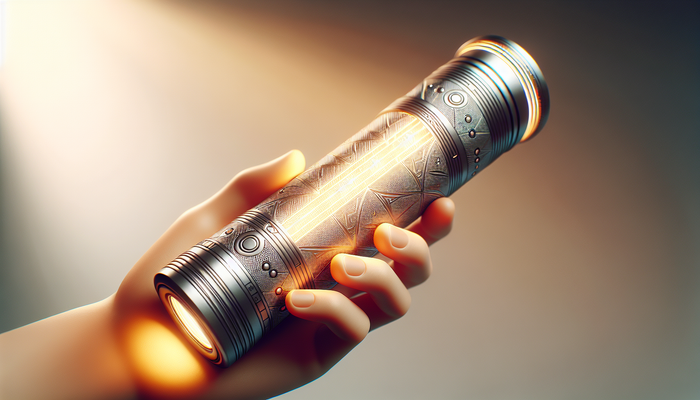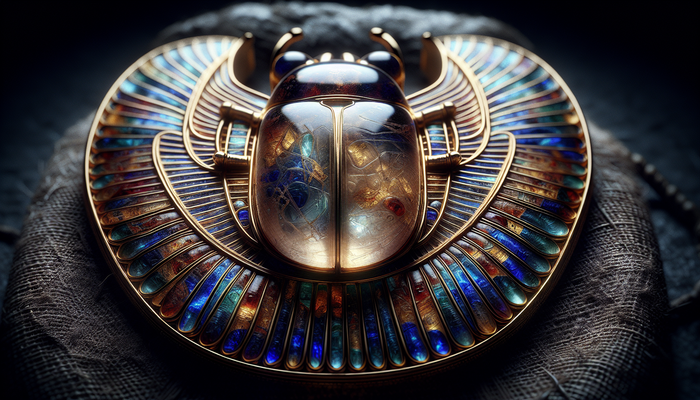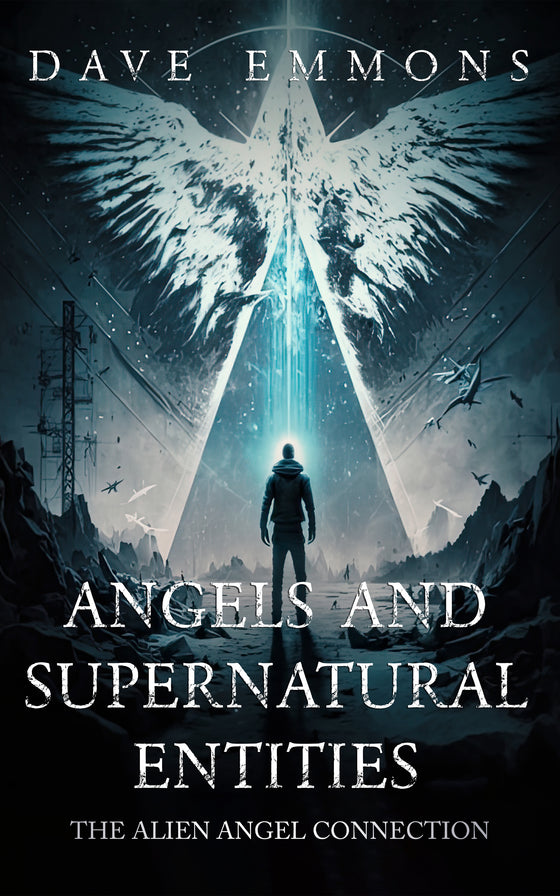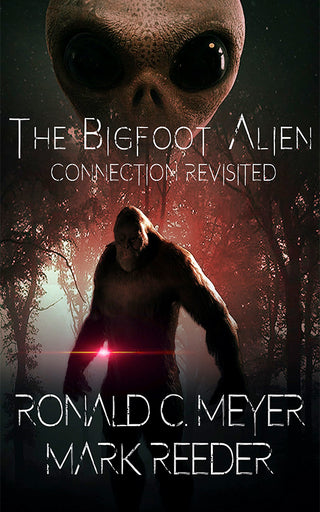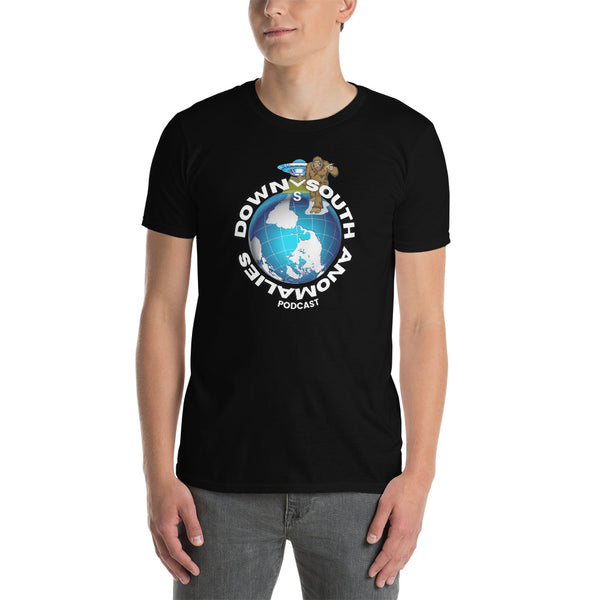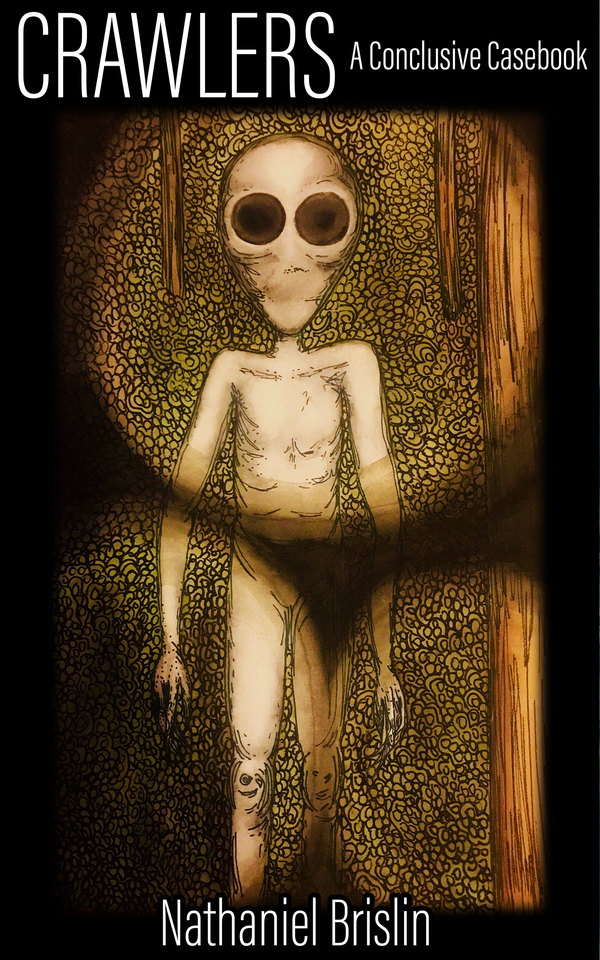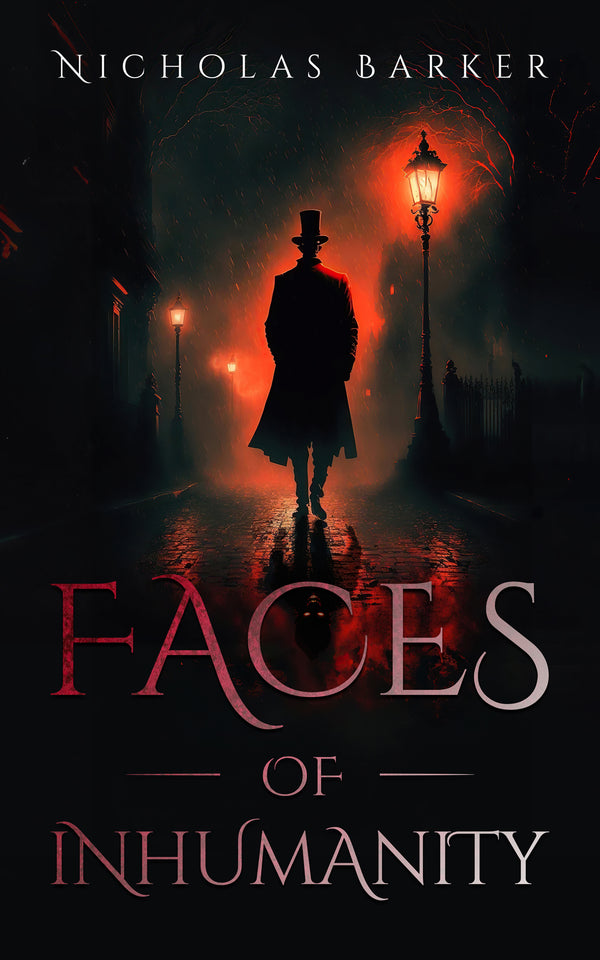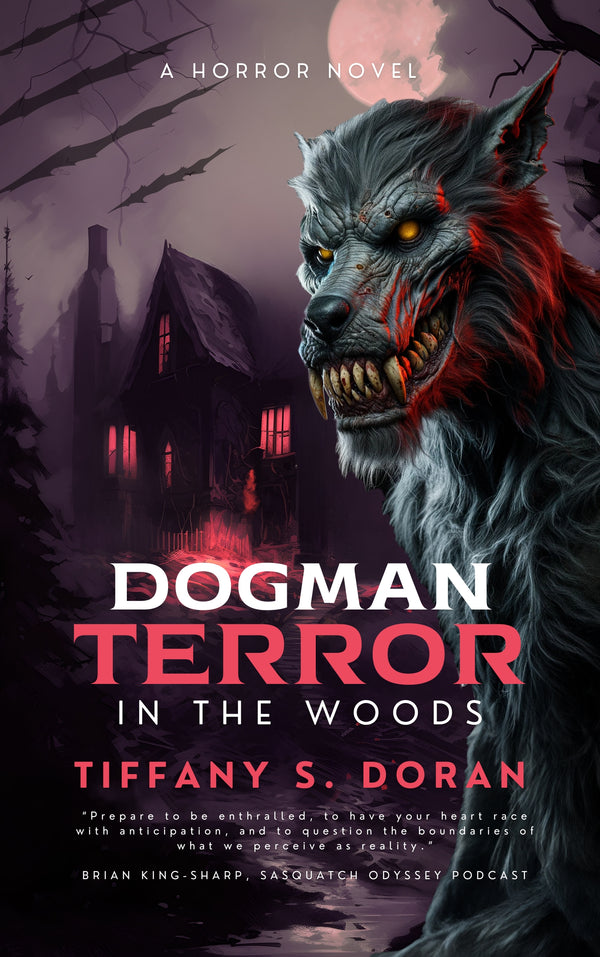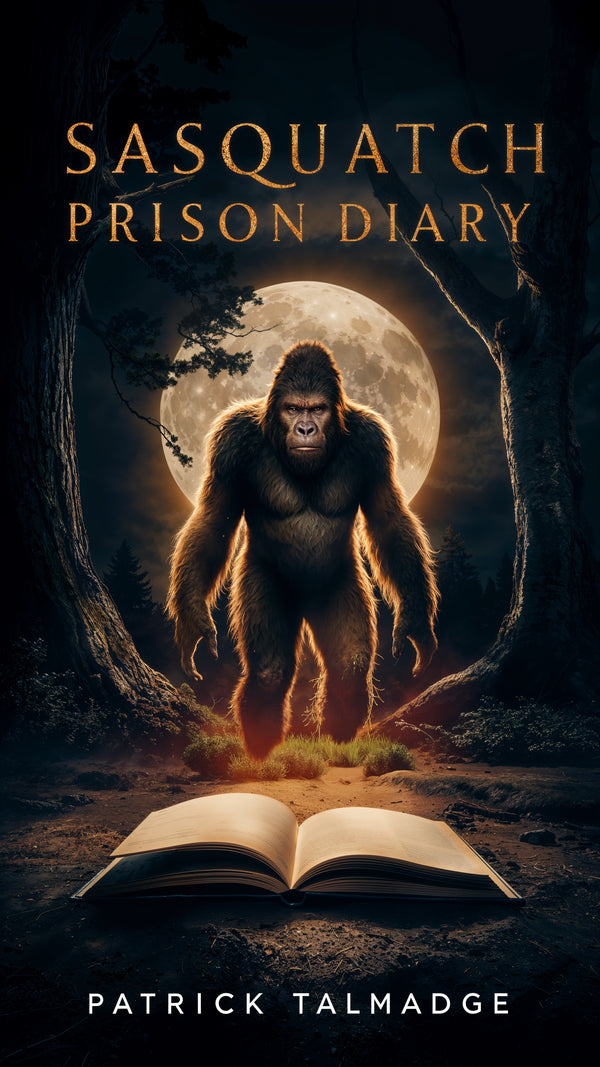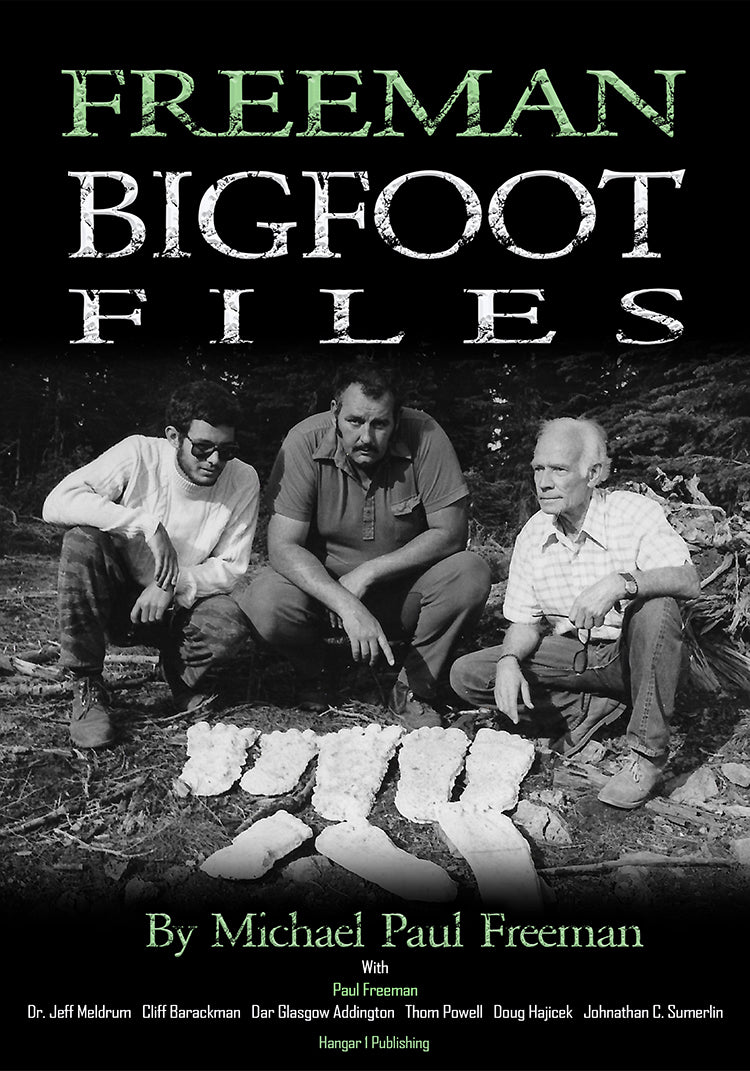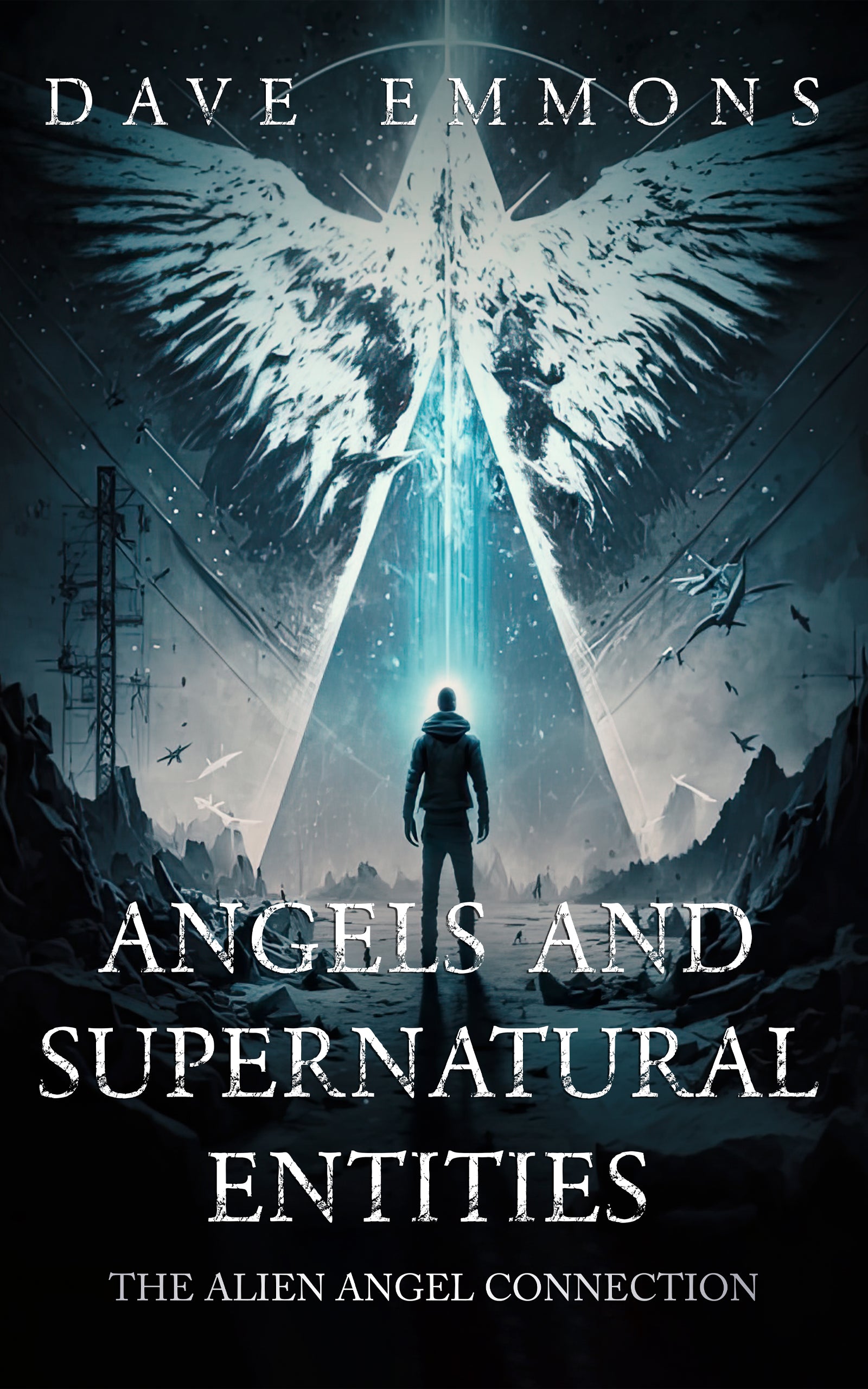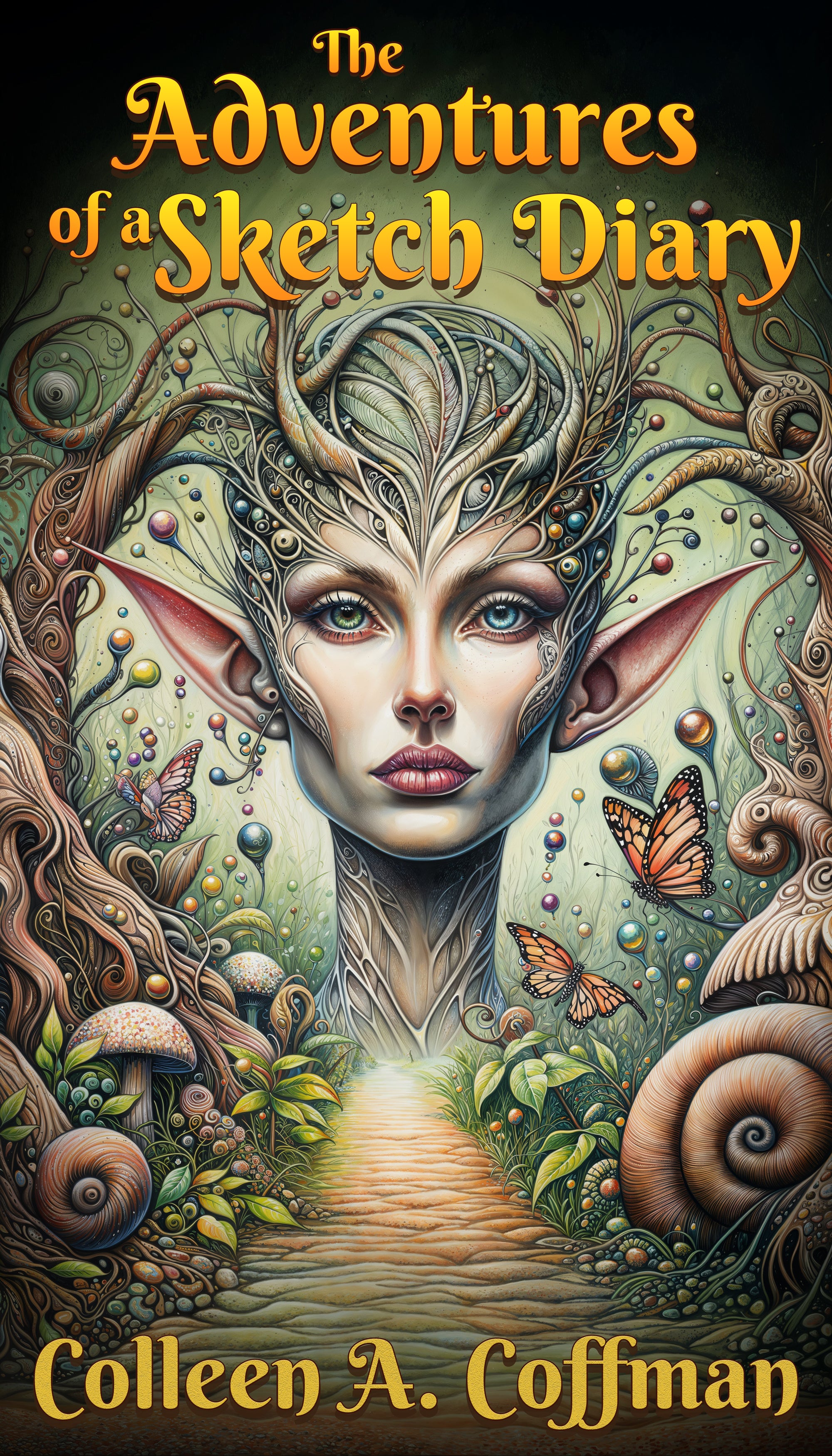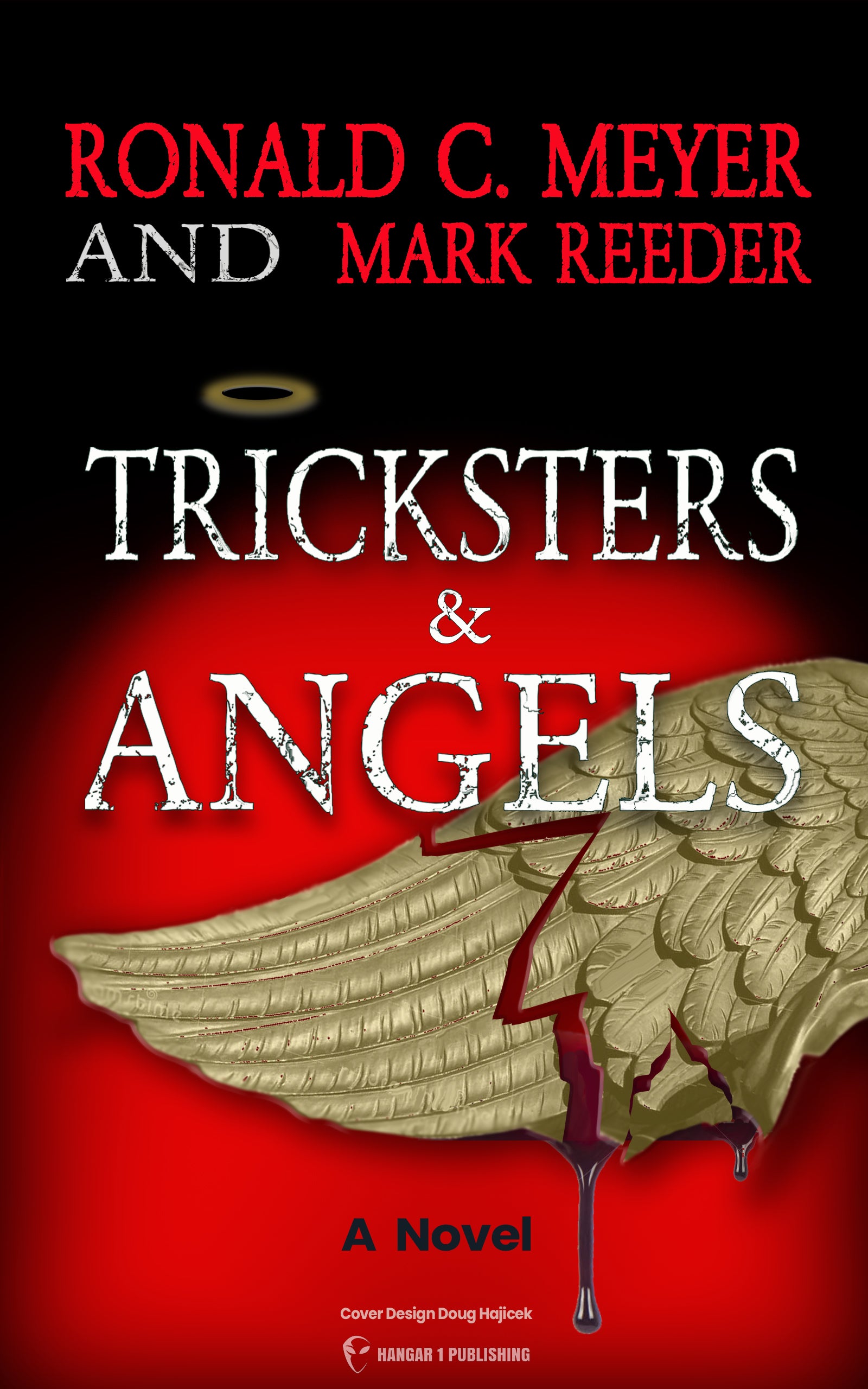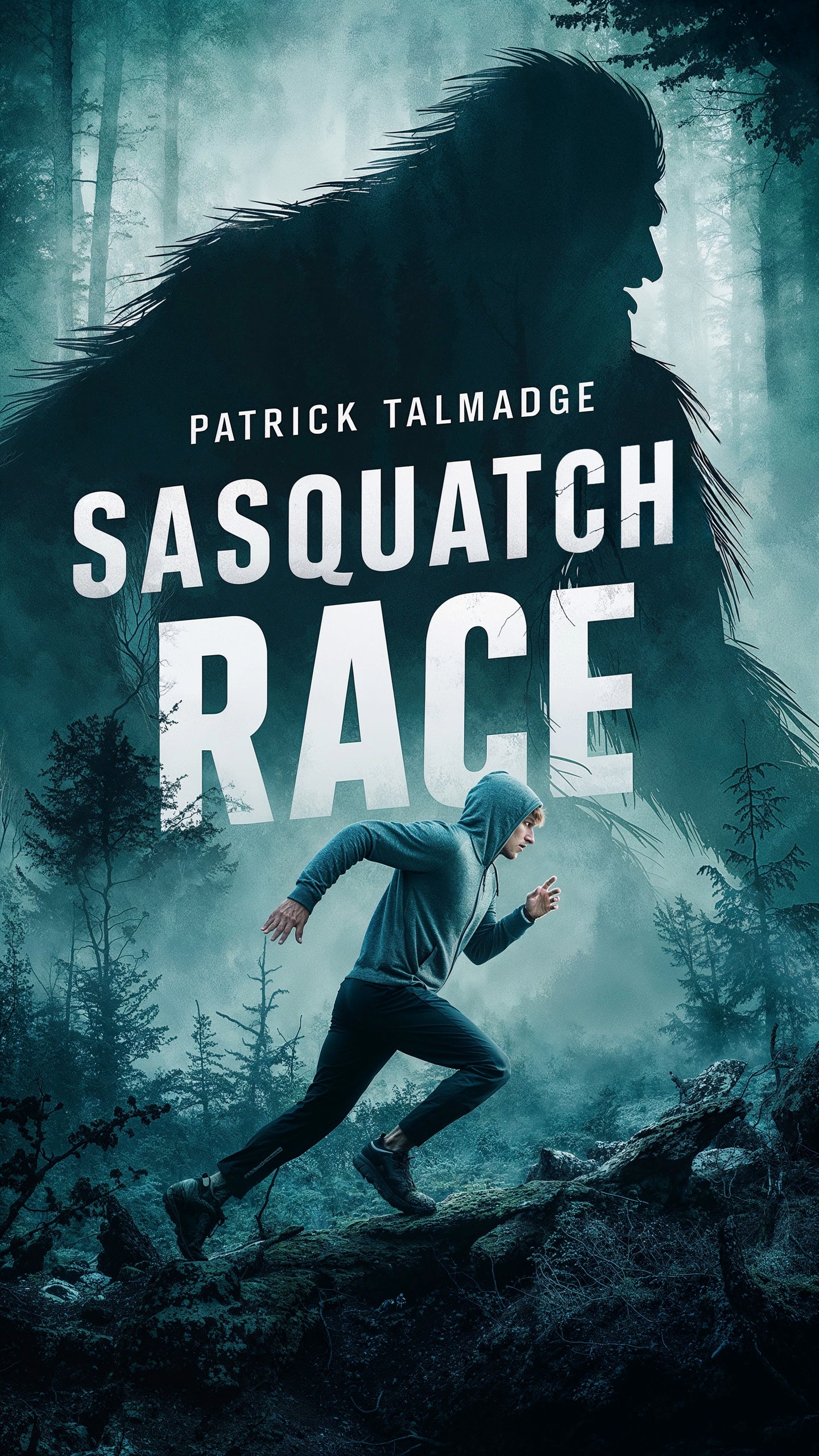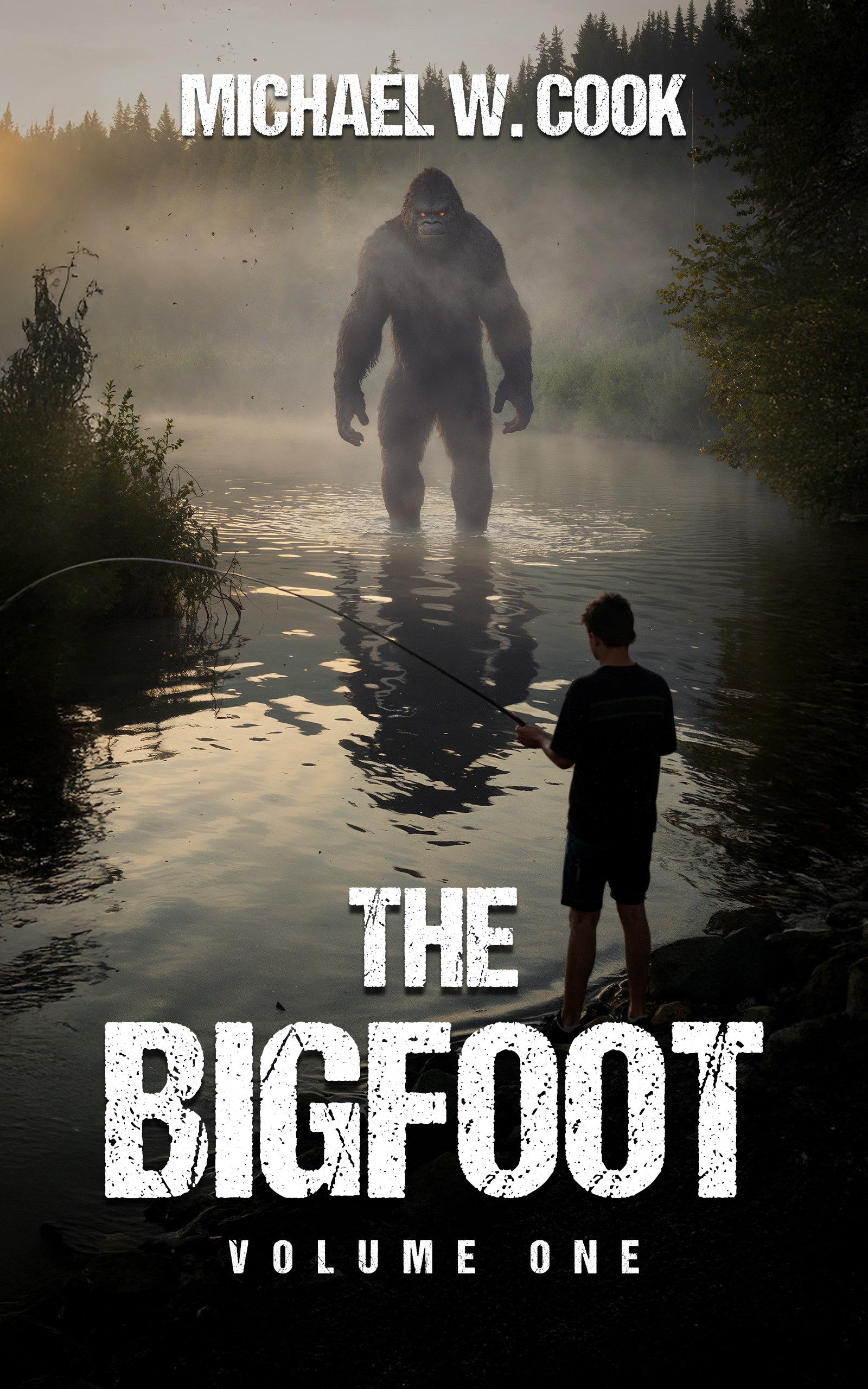UFO Photography Tips That Actually Work
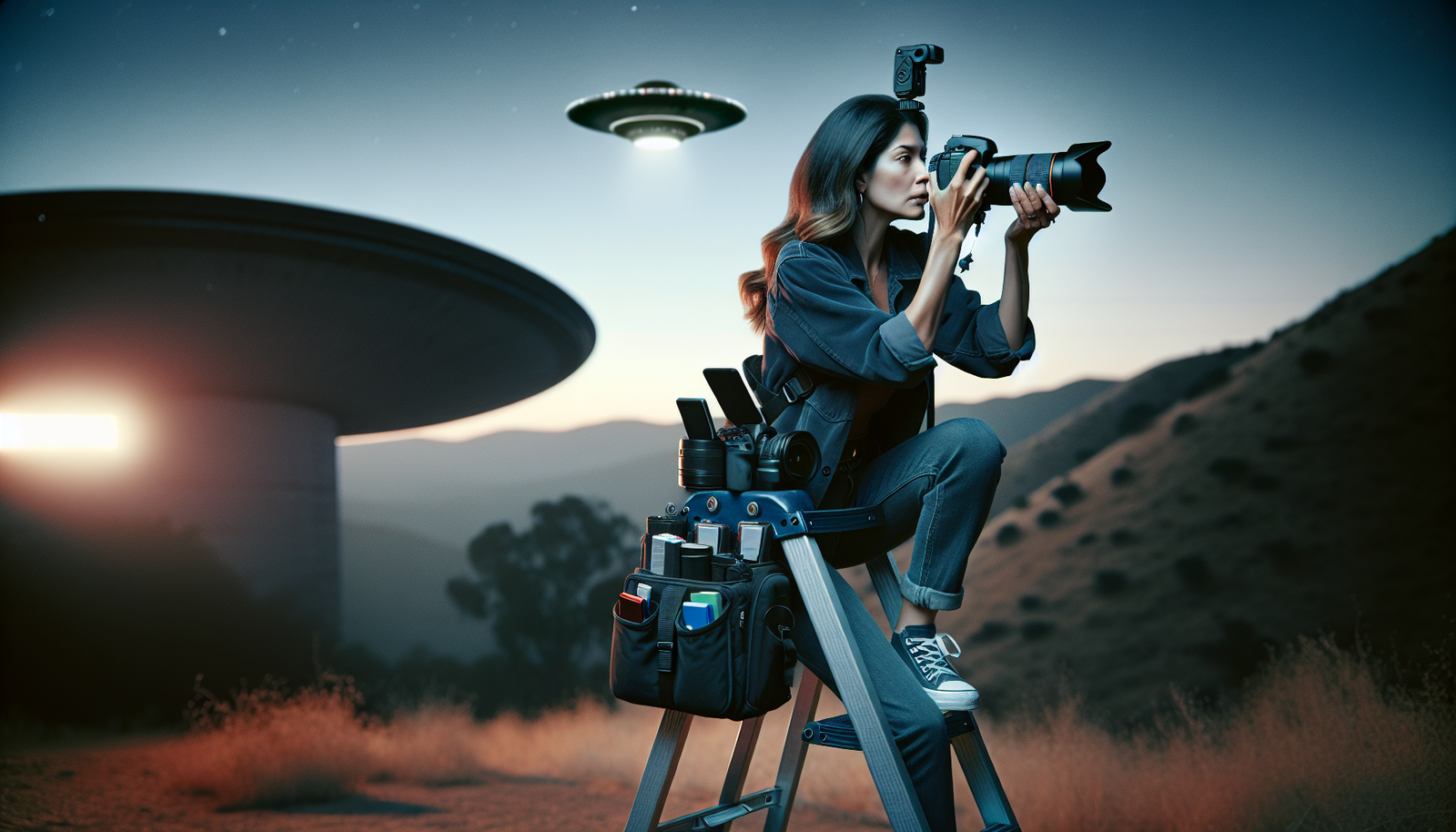
By Vanessa Torres, Ufologist
A brilliant light zips across the night sky, changing direction at impossible angles. You scramble for your phone, fumble with the camera app, and finally snap a photo. The result? A tiny, blurry dot that could be anything—or nothing at all.
If this scenario sounds familiar, you're not alone. Despite remarkable advances in camera technology, UFO photographs remain notoriously difficult to capture with clarity. There's a reason why "why are UFO photos always blurry?" has become a running joke in both skeptical and believing circles.
But it doesn't have to be this way. With the right equipment, settings, and techniques, you can significantly improve your chances of documenting these elusive phenomena in a credible way.
Why UFO Photography Is So Challenging
Before diving into specific techniques, it's important to understand what makes photographing UFOs particularly difficult:
"One of the reasons I think we have no excellent images of UFOs is that the best UFO encounters are so mesmerizing and spectacular that a pic is the last thing people are thinking about," explains one experienced observer. When faced with something potentially world-changing hovering above you, your photography skills often take a backseat to pure astonishment.
Beyond the psychological impact, UFO photography presents a perfect storm of technical challenges:
- Unexpected encounters: Most sightings happen spontaneously, giving witnesses little time to prepare their equipment.
- Distance and speed: UFOs are typically spotted far away and often move with extraordinary velocity.
- Low-light conditions: Many sightings occur at night when photography is already challenging.
- Equipment interference: Some witnesses report electronic malfunctions near UFOs.
A veteran UFO researcher once told me, "It's like trying to photograph a bullet in the dark while riding a roller coaster—after being surprised by the bullet."
Equipment Selection: From Pocket to Professional
The Camera Hierarchy
The best camera for UFO photography is ultimately the one you have with you when a sighting occurs. However, understanding the strengths and limitations of different options is crucial:
Smartphones
Despite their limitations, smartphones offer one significant advantage: they're almost always with you. To maximize your chances of success:
- Position your camera app on your home screen for quick access
- Learn your phone's camera shortcuts (like double-pressing the power button)
- Pre-set to night mode if available
- Clean your lens regularly
- Avoid using digital zoom (crop later instead)
As one photography expert explains: "Smartphone limitations include startup delay, small sensors that struggle in low light, and digital zoom that degrades image quality. But the best UFO photo is one you actually get, not the one you wish you'd taken with better equipment."
Point-and-Shoot Cameras
A step up from smartphones, these dedicated cameras offer:
- Better optical zoom
- Faster startup times
- Longer battery life
They still suffer in low-light conditions, however, making them a middle-ground option.
DSLRs and Mirrorless Cameras
For serious UFO hunters, these professional-grade cameras provide:
- Superior image quality
- Full manual control
- Excellent low-light performance
- Interchangeable lenses
"The trade-off is bulk and complexity," notes one photographer. "You're less likely to have a DSLR with you during a random sighting, and even if you do, the settings need to be right—fast."
Lens Strategy: Seeing What Others Miss
If you're using an interchangeable lens camera, your choice of glass significantly impacts your results:
Prime Lenses
Fixed focal length lenses offer advantages for UFO photography:
- Better image quality and larger maximum apertures
- Simplifies decision-making during high-stress encounters
- Forces you to learn proper framing at a specific focal length
The research suggests 23mm and 50mm as particularly useful focal lengths. As one experienced UFO photographer explains, "When you consistently use the same focal length, you become aware of what your frame will look like even before raising your camera to your eye."
Zoom Lenses
While prime lenses have their benefits, a 70-200mm f/2.8 zoom provides flexibility to adjust for different distances. The downside? More decisions to make in the moment, and potentially slower maximum apertures.
Essential Accessories
Beyond the camera itself, several accessories dramatically improve your UFO photography capabilities:
- Tripod: Essential for stability during long exposures and when using telephoto lenses.
- Extra batteries: UFO sightings have been associated with power drains.
- Fast memory cards: Ensures you don't miss shots due to buffer limitations.
- Quick-access bag: Every second counts during a sighting.
As one field researcher notes, "Comfortable shoes are almost as important as your camera gear! In a day of sky watching, I can easily cover 10 to 15 kilometers."
Camera Settings: Technical Setup for the Unknown
The Exposure Triangle
Even professional photographers can struggle with the unique exposure challenges of UFO photography. Here's how to optimize each element:
Shutter Speed
The CIA's declassified UFO photography guidelines recommend "shutter speeds not slower than one hundredth of a second." Modern recommendations suggest 1/15s, 1/30s, 1/60s, or 1/125s.
Why these specific speeds? One photographer explains: "UFOs, much like LED signs, often show bars or lines in photos because they're constantly refreshing. Slowing down the shutter speed fixes this problem by giving their energy fields time to synchronize with your sensor."
For daytime sightings, faster shutter speeds (1/500s or higher) may be necessary to freeze rapid movement.
Aperture
Use the widest aperture your lens allows (lowest f-number, like f/2.8 or lower) to gather maximum light. This is particularly important for night photography.
ISO
Set the lowest ISO possible for the conditions to minimize noise. For night photography, a higher ISO will be necessary (800-3200 range), but today's cameras handle this much better than older models.
Focus: The Most Critical Element
Perhaps the most crucial aspect of UFO photography is achieving proper focus:
- Set to infinity: The CIA specifically recommends having your "camera set at infinity" for UFO photography.
- Use manual focus: Autofocus often fails in low light or with distant objects.
- Pre-focus technique: Focus on a distant object like the moon before scanning the sky.
As one UFO photographer explains, "Make sure to have your camera settings prepared before anything happens. You don't want to be fumbling around with your camera when the moment arrives."
Exposure Modes
- Manual mode: Provides complete control but requires experience
- Aperture priority: Set your aperture wide open and let the camera determine shutter speed
- Shutter priority: Set your desired shutter speed and let the camera adjust the rest
One experienced photographer advises: "Aperture priority mode is pretty much ideal for me. In addition, I use Auto ISO to make sure that my shutter speed is fast enough."
Field Techniques: The LARP Principle
After analyzing decades of UFO photography attempts, I've identified what I call the LARP principle—a simple framework that dramatically improves your chances of capturing credible images:
L - Location: Strategic Positioning and Documentation
- Record exactly where you are (GPS coordinates if possible)
- Note the direction you're facing when shooting
- Document environmental context (weather conditions, nearby landmarks)
A - Angles: Multiple Perspective Capture
- Take photos from different positions
- Follow the CIA recommendation for 360-degree documentation
- Vary your elevation if possible
R - References: Including Context Elements
- Include foreground objects for scale whenever possible
- Keep the horizon visible in at least some shots
- Capture known objects near the UFO for comparison
P - Persistence: Continuous Documentation Methods
- Keep shooting until the object disappears
- Alternate between video and still photography if possible
- Try different settings if time permits
"Taking multiple photos from different angles not only increases your chances of getting a good shot," explains one researcher, "it also significantly enhances the credibility of your documentation."
Beyond the Image: Complete Documentation
A comprehensive UFO report requires more than just photos:
- Time and date: Be as precise as possible
- Location: GPS coordinates are ideal
- Weather conditions: Cloud cover, precipitation, wind
- Duration: How long the sighting lasted
- Movement patterns: How the object moved
- Witness information: Names and contact details of others present
As one investigator puts it: "Photos are important, but context is what transforms a blob of light into a potentially significant case."
Consider supplementing your visual documentation with:
- Voice recordings during the sighting
- Written notes immediately after
- Field sketches showing movement patterns
- Multiple witness statements (if available)
Identifying What You're Actually Seeing
Before reporting a UFO, it's important to rule out common misidentifications:
Natural Phenomena
- Lenticular clouds: These stationary, lens-shaped clouds often resemble the classic flying saucer
- Ball lightning: Rare electrical phenomenon that appears as glowing, electric-blue spheres
- Sundogs: Bright spots that appear on either side of the sun due to light refraction
Human-Made Objects
- Aircraft: Commercial planes, military aircraft (especially at unusual angles)
- Drones: Increasingly common and capable of unusual flight patterns
- Satellites: Moving steadily across the night sky
- Chinese lanterns: Popular at celebrations, these produce steady orange lights
Astronomical Objects
- Venus: The most frequently misidentified "UFO"
- Jupiter and Sirius: Very bright celestial objects
- Meteors: Fast-moving streaks across the sky
- Iridium flares: Satellites reflecting sunlight in brief, bright flashes
"Venus is one of the most confused objects in the sky," notes one astronomical researcher, "especially when it is low to the horizon."
Genuine UAP/UFOs often display characteristics that distinguish them from conventional explanations:
- Sudden changes in direction
- Acceleration beyond known aircraft capabilities
- No visible propulsion
- Unusual light patterns
- Interaction with the environment
Technical Solutions to Common Problems
Combating Blurry Images
The number one issue in UFO photography is blur. Combat this with:
- Stabilization: Use a tripod whenever possible
- Bracing techniques: If no tripod is available, brace against a solid object
- Burst mode: Increases your chances of getting at least one sharp image
- Image stacking: Software that combines multiple images can reduce noise and increase detail
Overcoming Exposure Difficulties
Bright, unusual lights can fool your camera's meter:
- Exposure compensation: Try -1 to -3 stops to prevent washout
- Spot metering: Meter directly on the object rather than the entire scene
- Bracketing: Take multiple photos at different exposure levels
Tracking Fast-Moving Objects
- Predictive movement: Anticipate the object's path
- Wide-to-narrow approach: Start with a wider angle to locate, then zoom in
- Burst mode: Capture a rapid sequence of images
- Panning technique: Follow the movement smoothly with your camera
Analysis and Verification
After capturing potential UFO images, responsible analysis is crucial:
Post-Processing Best Practices
- Minimal editing preserves credibility
- Document all modifications made to images
- Preserve original files
- Look for consistency across multiple images
"The quickest way to undermine your credibility is to over-process your images," warns one investigator. "Let the photos speak for themselves."
Scientific Analysis Approaches
For potentially significant images, consider:
- Pixel-level examination
- Light and shadow verification
- Motion blur analysis for speed estimation
- Metadata authentication
Red Flags and Authentication Checks
Be aware of signs that might indicate a hoax or misidentification:
- Perfect clarity when conditions would suggest otherwise
- Inconsistent lighting or shadows
- Perfect "classic" UFO shape
- No corroborating witnesses
Reporting Your Findings
Once you've documented and analyzed your sighting, consider reporting it through established channels:
- MUFON (Mutual UFO Network): Largest civilian UFO investigation organization
- NUFORC (National UFO Reporting Center): Specializes in documenting sightings
- Enigma Labs: New data science approach to UFO reporting via mobile app
- Local astronomy clubs: Often have expertise in identifying celestial objects
NASA has recently called on the American public to help in the hunt for UFOs, recommending "artificial intelligence and machine learning" as "essential tools for identifying rare occurrences" and suggesting the development of "smartphone-based apps that can gather imaging data."
When reporting, maintain ethical standards:
- Respect privacy (especially for unwitting bystanders)
- Obtain permission before photographing individuals
- Be particularly careful with images involving children
- Avoid sensationalizing your experience
Advanced Approaches for Dedicated Observers
For serious UFO hunters, consider:
Automated Monitoring Systems
- Time-lapse setups that run continuously
- Motion detection cameras that activate when movement is detected
- Multiple camera arrays for triangulation
Drone Applications
Drones offer new possibilities for UFO investigation:
- Rapid deployment to get closer to sightings
- Stable platforms for high-quality cameras
- Access to altitudes not possible on foot
"While drones can themselves be responsible for many mistaken UFO sightings," notes one researcher, "their value as a platform to photograph unidentified flying objects cannot be understated."
Location Strategies
Some locations have historically higher rates of UFO sightings:
- Areas near military installations
- Remote regions with minimal light pollution
- Mountain regions and high-altitude locations
- Power plants and electrical facilities
As one investigator observed, UFOs are frequently reported near "power lines and reservoirs" for reasons that remain unclear.
The Psychology of UFO Photography
Understanding the psychological aspects of UFO photography is important:
- The excitement of a sighting can affect your ability to operate equipment
- People tend to see what they want or expect to see (confirmation bias)
- Memory can be unreliable immediately following extraordinary events
- The "frequency illusion" can make ordinary objects seem extraordinary after learning about UFOs
Cultural context also shapes how we interpret unusual aerial phenomena:
- In the 1950s, Cold War tensions influenced UFO perceptions
- Today, advanced drones and military technology create new ambiguities
- Media depictions shape what people expect UFOs to look like
One historian notes, "When you're looking for something in particular, that is what you'll see."
Creative Approaches
Beyond documentary evidence, some photographers explore artistic interpretations:
Light Painting and Long Exposure
- Light painting techniques can visualize UFO encounters
- Long exposures with moving lights create striking effects
- Multiple exposure photography layers reality and interpretation
Tabletop UFO Photography
For those interested in creating UFO imagery:
- Scale models and dioramas can create realistic scenes
- LED lighting simulates UFO effects
- Smoke and atmospheric effects add realism
"I love the theme of science fiction," explains one creative photographer, "so I always have these ideas about flying UFOs and houses in the middle of nowhere that aliens show an interest in as they try to take over a new planet."
These creative approaches, while clearly not documentary evidence, allow for artistic expression of the UFO experience through photo manipulation.
The enduring mystery of UFOs continues to capture our imagination. Despite technological advances, capturing compelling UFO photographs remains challenging. The fleeting nature of sightings, technical limitations of photography, and the psychological impact of witnessing something potentially extraordinary all contribute to the difficulty.
By following the techniques outlined in this guide, you'll be better prepared to document any unusual aerial phenomena you encounter. Remember that the best UFO photograph is one that provides context, clarity, and credibility—regardless of what the object ultimately proves to be.
As our technology advances and more eyes turn skyward, perhaps the definitive UFO photograph is yet to be taken. With preparation, practice, and persistence, you might be the one to capture it.
From Bigfoot to UFOs: Hangar 1 Publishing Has You Covered!
Explore Untold Stories: Venture into the world of UFOs, cryptids, Bigfoot, and beyond. Every story is a journey into the extraordinary.
Immersive Book Technology: Experience real videos, sights, and sounds within our books. Its not just reading; its an adventure.





